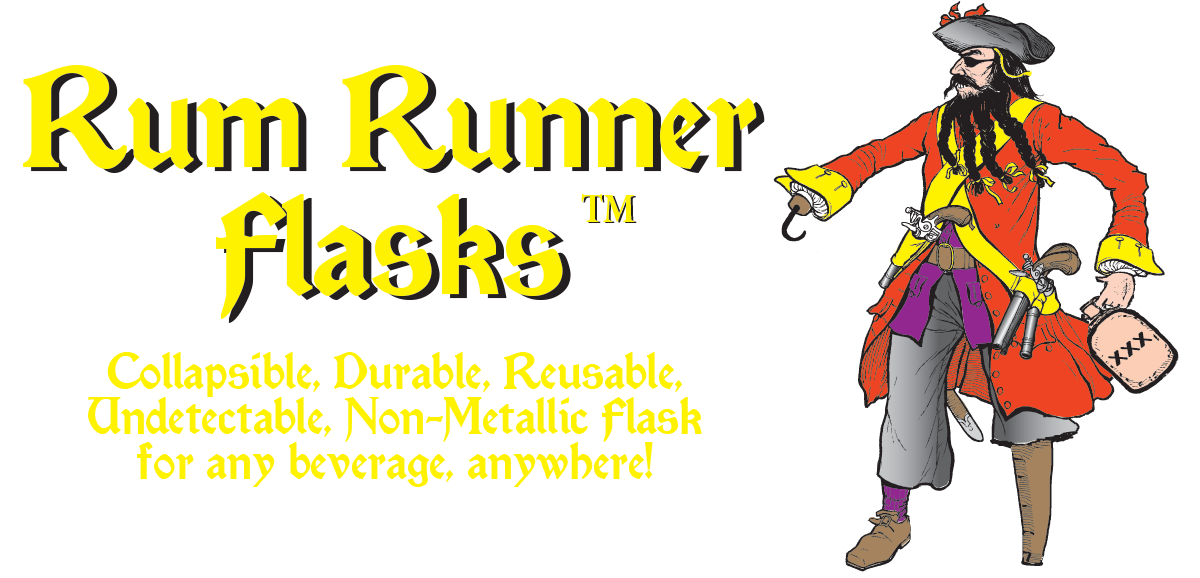TSA Guidelines
TSA TRAVEL RESTRICTIONS ON LIQUIDS AND GELS
Press Office
Transportation Security Administration
September 25, 2006
WASHINGTON, D.C. – The Transportation Security Administration (TSA) announced today it is adjusting its total ban on liquids, gels and aerosols effective Tuesday, September 26. There are two significant changes: Travelers will be allowed to carry travel-size toiletries (3 ounce or less) that fit comfortably in ONE quart-size, clear plastic, zip-top bag through security checkpoints. Travelers may also bring items, including beverages, purchased in the secure, boarding area on-board the aircraft.
“After the initial, total ban, we have learned enough from the UK investigation to say with confidence that small, travel size liquids are safe to bring through security checkpoints in limited numbers,” said Assistant Secretary for TSA Kip Hawley. “We have also taken additional security measures throughout the airport that make us comfortable allowing passengers to bring beverages and other items purchased in the secure area onboard.”
TSA will be enhancing security measures throughout the airport environment, both visible and not visible to the traveling public. Examples of these measures include: more random screening of employees, additional canine patrols, stronger air cargo security measures, more rigorous identity verification standards and deploying more trained security officers in bomb appraisal and screening by observation techniques. It is unlikely that further adjustments to the ban on liquids, gels and aerosols will be made in the near future.
The United States and United Kingdom (UK) have continued to work closely together and have shared technical and threat information with partners in Canada and the European Union (EU). These measures are being simultaneously adopted in partnership with the Canadian government. The UK and the EU are expected to consider similar changes in the coming weeks.
Homeland Security Deputy Secretary Michael Jackson said, “Today’s announcement represents a unified approach with our Canadian partners. These are sustainable, common-sense adjustments that combined with additional security measures throughout the airport will keep the traveling public safe.”
The U.S. Homeland Security threat level for aviation remains at Orange, or high, and will not change at this time. This security regime will apply to all domestic and international flights departing U.S. airports. Travelers should, however, check with transportation security authorities in their country-of-origin for flights originating at non-U.S. airports.
Existing exemptions including larger amounts of required medications, baby formula and diabetic glucose treatments must be declared to security officers at the entrance of the checkpoint for screening. For additional information and travel tips, please read our information for travelers.
TSA first implemented the ban on all liquids, gels and aerosols on August 10, after U.K. officials uncovered a terrorist plot involving transatlantic flights bound for the United States.
THE FOLLOWING LIST IS TAKEN DIRECTLY FROM THE TRANSPORTATION SECUITIY ADMINISTRATION WEBSITE
Permitted and Prohibited Items
Be Prepared for Enhanced Security - Smart Security Saves Time
Can I Take It?
Due to enhanced security measures liquids, gels, lotions and other items of similar consistency will not be permitted in carry-on baggage. These types of items must be packed in your checked baggage.
Additionally, liquids, gels and lotions purchased beyond the checkpoint but must be disposed of before boarding the aircraft.
To ensure the health and welfare of certain air travelers the following items are permitted.
Small amounts of Baby formula and breast milk if a baby or small child is traveling
Liquid prescription medicine with a name that matches the passenger’s ticket
Up to 5 oz. (148ml) of liquid or gel low blood sugar treatment
Up to 4 oz. of essential non-prescription liquid medications including saline solution, eye care products and KY jelly
Gel-filled bras and similar prostethics
Gel-filled wheelchair cushions
Life support and life sustaining liquids such as bone marrow, blood products, and transplant organs carried for medical reasons
You are permitted to bring solid cosmetics and personal hygiene items as such lipstick, lip balm and similar solids. Please remember these items must be solid and not liquid, gel or aerosol.
Please keep in mind, that while we can not provide an exhaustive list of items covering all eventualities, all liquids, gels, or aerosols of any kind are prohibited at security checkpoints, in airport sterile areas, and aboard aircraft. You can pack these items in your checked baggage.
We ask for your cooperation in the screening process by being prepared before you arrive. We also ask that you follow the guidelines above and try not to over-think these guidelines. Please pack liquids, gels, and aerosols in your checked baggage even if you do not normally check a bag.
In addition to liquids, gels, and aerosols numerous other potentially dangerous items are not permitted in carry-on baggage. We strongly encourage travelers to read more about previously prohibited items to avoid complications during screening.
Taken Directly From TSA Website 11/04/06
Our Travelers
3-1-1 on Air Travel
Using 3-1-1 to Make Your Trip Better
3 –1–1 on air travel = 3 ounce bottle or less; 1 quart-sized, clear, plastic, zip-top bag; 1 bag per passenger placed in screening bin.
One-quart bag per person limits the total liquid volume each traveler can bring. 3 oz. container size is a security measure.
Consolidate bottles into one bag and X-ray separately to speed screening.
Be prepared. Each time TSA searches a carry-on it slows down the line. Practicing 3-1-1 will ensure a faster and easier checkpoint experience.
3-1-1 is for short trips. If in doubt, put your liquids in checked luggage.
Declare larger liquids. Prescription medications, baby formula and milk are allowed in quantities exceeding three ounces and are not required to be in the zip-top bag. Declared these items for inspection at the checkpoint.
Come early and be patient. Heavy travel volumes and the enhanced security process may mean longer lines at security checkpoints.
TSA working with our partners. TSA works with airlines and airports to anticipate peak traffic and be ready for the traveling public.
